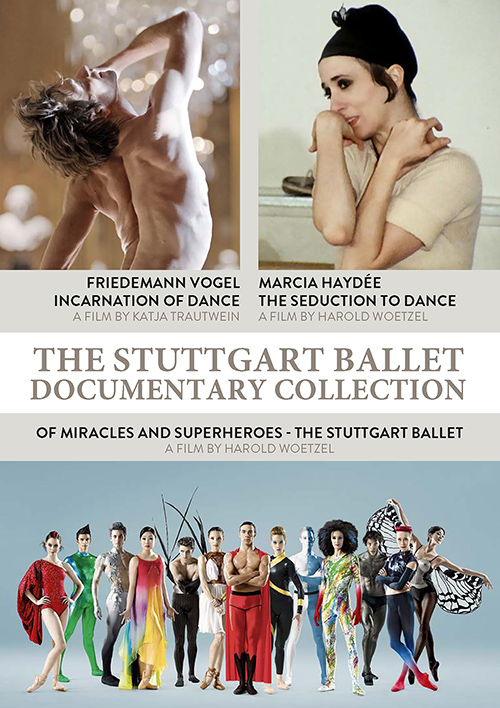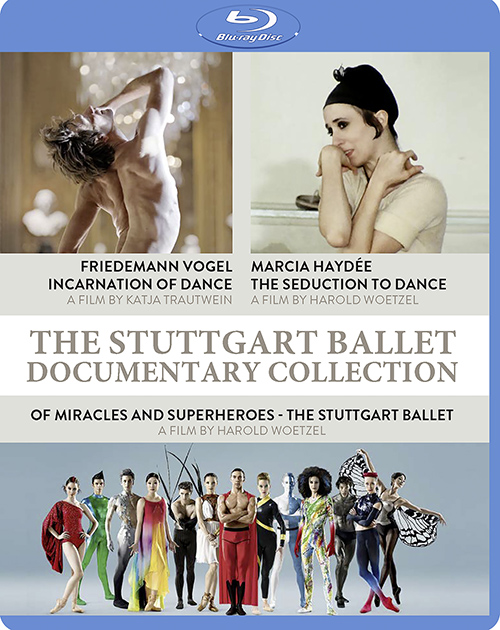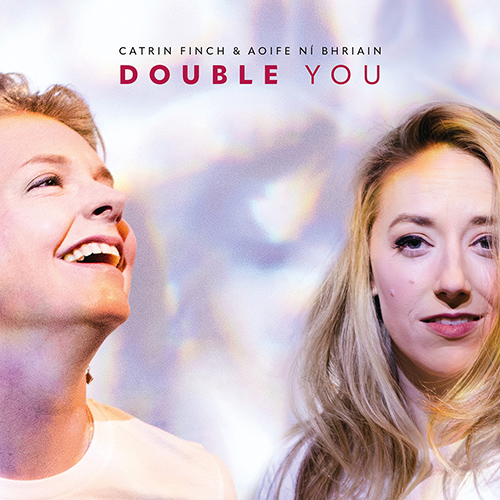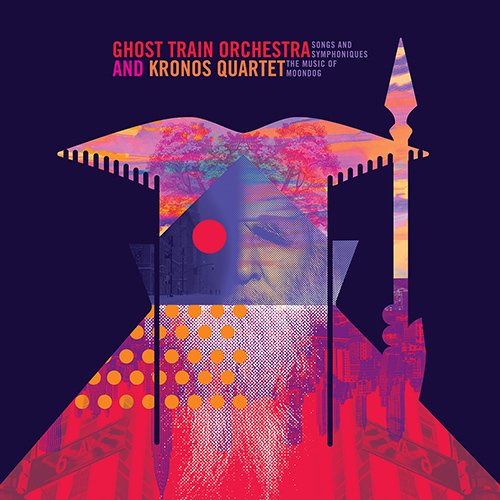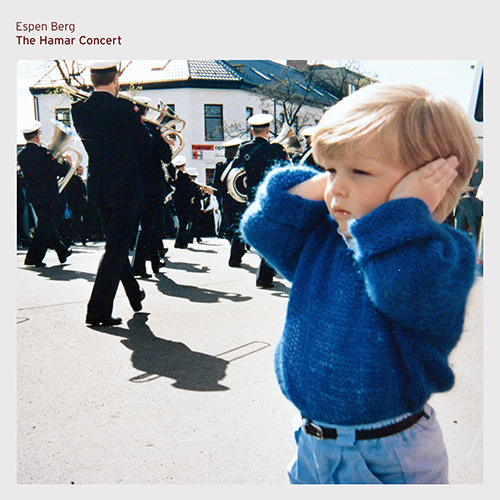In addition to its own wide-reaching monthly new releases (see www.naxos.com/newreleases.asp), Naxos also distributes several leading labels in many countries around the world. Here is a choice selection of recent releases from some of these distributed labels.
With the Bavarian Radio Symphony Orchestra (BRSO), the BR-Klassik label offers excellent recordings with one of the best orchestras in the world. Under the direction of its new principal conductor, Sir Simon Rattle, the spectacular new recording of the third part of Wagner’s Ring of the Nibelung, featuring Siegfried, is now available. The label also boasts numerous other award-winning releases, showcasing outstanding recording quality with Rattle’s predecessor Mariss Jansons, as well as, Herbert Blomstedt, Bernard Haitink, Ricardo Muti, and many other top conductors.
The Bavarian Radio Chorus (Chor des Bayerischen Rundfunks), led by Peter Dijkstra, shines not only in its contributions to significant sacred and symphonic works, but also as an a cappella ensemble. The Münchner Rundfunkorchester (Munich Radio Orchestra) further enriches the label’s catalogue with, among other things, complete opera recordings as well as delightful and rarely performed works under its chief conductor Ivan Repušic.
The label’s international star soloists include Martha Argerich, Christian Gerhaher, Friedrich Gulda, Magdalena Kožená, Jessye Norman, and many more. More than 200 CDs and DVDs have so far been released. Most are also available for streaming and downloads.
Watch Wagner’s Siegfried, conducted by Sir Simon Rattle and performed by the Bavarian Radio Symphony Orchestra (BRSO).
Following the 2015 release of The Rhinegold and The Valkyrie in 2019 of Richard Wagner’s The Ring of the Nibelung, BR-Klassik is thrilled to present Siegfried, conducted by Sir Simon Rattle. This live recording, which took place on February 3 and 5, 2023, at Munich’s Isarphilharmonie im Gasteig, follows the enthusiastic reception of the previous productions.
With The Rheingold, Rattle convincingly debunked the long-standing notion that he and Wagner were not a good match, and The Valkyrie further solidified his mastery. His recent performance of Siegfried with the Bavarian Radio Symphony Orchestra, alongside a first-class line up of Wagnerian singers, reaffirms his deep understanding and impeccable interpretation of Wagner’s music. Now, just a few months after this remarkable live event, this powerful and immensely popular music drama has been released on three outstanding CDs.
Time and again, composers, both well-known and lesser-known, have arranged Franz Schubert’s piano songs for orchestra. These arrangements are not in any way intended to diminish the innate power of the originals; instead they merely place them in a different light, and/or attempt to make them easier to perform on a larger scale. When an art song, originally intended for an intimate salon or chamber music hall needs to fill a vast concert hall, these orchestrations come to the rescue, allowing the music to resonate differently. Baritone Benjamin Appl has compiled nineteen such arrangements from the 19th and 20th centuries for this new album. The Münchner Rundfunkorchester, conducted by Oscar Jockel, provides accompaniment that is subtle and in keeping with the work.
The versatile violinist Benjamin Schmid, not only excels in classical music but also captivates audiences with his mastery of jazz and improvisation, earning acclaim from listeners and international critics alike. In his latest album, Jazz Violin Concertos, recorded with the Swedish chamber orchestra Musica Vitae, Schmid explores jazz violin concertos written by Austrian composers. The album features Friedrich Gulda’s violin concerto, Wings, a masterful composition conceived as a single grand violin cadenza accompanied by an orchestra, featuring virtuosic passages and groovy elements. Herbert Berger tailored his Metropoles Suite for violin, specifically for Benjamin Schmid. Each movement – Insomnia, El largo adios, A la minute, and Avenida – is associated with a metropolis. The Three Songs for an Abandoned Angel by the Austrian jazz pianist and composer Sabina Hank was also written for Schmid, adding to the album’s diverse and compelling repertoire.
This album, a collaboration between violinist Christian Tetzlaff and cellist Tanja Tetzlaff, alongside the Deutsches Symphonie-Orchester Berlin conducted by Paavo Järvi, is dedicated to the memory of their longtime artistic partner, pianist Lars Vogt (1970–2022). At the heart of this album is Brahms, one of Lars Vogt’s favourite composers, and his late orchestral masterpiece, the Double Concerto. Brahms himself had admired one of Viotti’s violin concertos so much that he included material from the violin concerto into his work. With Christian Tetzlaff’s recording of the violin concerto, this album finally brings these two works together. Also included is Dvořák’s beautiful Silent Woods for cello and orchestra, a work by another composer that was very close to Lars Vogt’s heart.
This limited re-release of the sold-out LP set (S700143) celebrates the 500th anniversary of the Bavarian State Orchestra this year.
Unlike most conductors of his generation, Carlos Kleiber became a legend during his lifetime, one of the reasons being his increasingly rare appearances. Even the opera houses where he had enjoyed his greatest triumphs – especially in Munich and Vienna – and orchestras such as the Vienna Philharmonic were, in the end, unable to coax him back. In the late 90s, he made an exception for the Bavarian State Orchestra, with which he remained closely connected for most of his life.
For years, Margarita Höhenrieder diligently searched for the authentic sound of Frédéric Chopin’s piano works. Which instrument of its time most convincingly reflected Chopin’s music? In fact, in 1831, Chopin himself had already provided the answer: ‘Pleyel’s instruments are the non-plus ultra!’ Therefore, the choice for the recording fell on a Pleyel fortepiano, built in 1848 in Paris and expertly restored using historical materials and methods. It is identical in construction to the instrument that Chopin owned, thus encapsulating an authentic sound reminiscent of that era.
To ensure acoustic authenticity and accurately capture the sound of the original instruments, the Oberstrass Church in Zurich (1st Piano Concerto) and the Vienna Musikverein in Vienna (2nd Piano Concerto) were chosen as recording venues. The orchestras La Scintilla, conducted by Riccardo Minasi and the Wiener Akademie, conducted by Martin Haselböck, performed using historical instruments. In each case, we hear the historical versions meticulously crafted by Jan Ekier.
Margarita Höhenrieder’s careful recreation of the authentic Chopin sound provides listeners with highly interesting insights into music history.
When Sylvain Cambreling took up his position at the Südwestrundfunk broadcasting corporation in 1999, he knew only too well that he was the successor to charismatic colleagues such as Hans Rosbaud, Ernest Bour and Michael Gielen, and did not have to be told that the orchestra’s tradition was not geared towards providing wellness experiences for hedonistic listeners. He had been engaged because his programmes were daring, informative, suggestive, epoch-spanning, always a bit brushed the wrong way and disconcerting, reflecting his approach to music as ‘intellectually stimulating material’ that declines to follow the well-beaten tracks of programming. He met with an orchestra that was young, efficient and enthusiastic, and whose members were eager to fulfil the task the broadcasting corporation had set them, namely to demonstrate a strong commitment to new music.
Beethoven will always be renowned for his symphonies and concertos, but no collection of his orchestral works would be complete without the overtures and incidental music. The remarkable range of these works is demonstrated by the majestic ceremonial overture The Consecration of the House that invokes the style of Handel, whom Beethoven considered ‘the master of us all’. It contrasts with the resolute heroism and high tragedy of Coriolan and the remarkable cantata Meeresstille und glückliche Fahrt, which cast its spell on Mendelssohn. These classic recordings with the Minnesota Orchestra conducted by Stanisław Skrowaczewski were originally issued as part of a 3-LP VOX Box set.
Marking the 150th anniversary of the birth of Max Reger, this album presents several notable works by the composer that remain relatively unknown: three orchestral songs and the ‘Hebbel’ Requiem. Scored for solo vocal, choral and orchestral forces, they are conceived on a large scale typical of the time, in contrast with Mahler’s somewhat simpler Rückert-Lieder that are also on the programme. Reger’s Requiem displays parallels with Brahms’ A German Requiem and was Reger’s memorial to German soldiers killed in the war.
The emotive young American tenor Eric Ferring delivers a moving and ambitious collection of art songs with a chamber music emphasis. In this follow-up release to his acclaimed debut album No Choice but Love (Lexicon Classics), Ferring is joined to great effect by pianist Madeline Slettedahl and the French ensemble Quatuor Agate.
Still in the early phases of his singing career, the Iowa-born Ferring has already performed numerous times with the Metropolitan Opera, and appeared at Santa Fe Opera, the Spoleto Festival and Lyric Opera of Chicago, where he garnered an Emmy Award for his performance in Pagliacci. Ferring has also sung widely in Europe, in such houses as Opéra de Rouen, Opéra de Paris and the Opéra national du Rhin. He also participated in a world tour of Rodelinda with The English Concert.
We have tomorrow is an impressive survey featuring important cycles by Samuel Barber, Gabriel Fauré and Arthur Shepherd, and songs by Florence Price, Johannes Brahms and Amy Beach. Ferring’s sometimes unusual choice of materials shows him to be a musician of wide-ranging taste and interests.
Jean-Baptiste Lully’s unrivalled position at the Sun King’s court gave him freedom to produce numerous grand theatre works. Acis et Galatée is acknowledged as one of his masterpieces with its adroit alternation of effects and situations and its substantial use of dances and choruses. The opera was composed as part of lavish celebrations for the Dauphin’s stay at the castle of Anet and is a pastorale héroïque, with its plot based on the love story between the nymph Galatée and the shepherd Acis. The work’s ‘heroic’ element is provided by the presence of the mythical Neptune and cyclops Polyphème who, for the love of Galatée, crushes Acis under a boulder.
Christmas is a time for special musical experiences, from gentle traditional carols to rousing calls for worship. This recording fully represents the Vasari Singers’ renowned seasonal programmes, mixing familiar festive fun with newly inspired creations such as the world premiere recording of Helena Paish’s beautiful setting of words by the youngest of the Brontë sisters. From the evocative narrative of Finzi’s In Terra Pax to the joyous potpourri of A Merry Little Christmas, this, like the Vasari Singers’ previous Christmas release, A Winter’s Light (Naxos 8.573030), is a recording to treasure.
In this recording, the dynamic duo of Valentina Vanini (mezzo-soprano) and Giuseppina Coni (piano) captivates listeners with their interpretation of the timeless compositions by the esteemed Florentine composer, Mario Castelnuovo-Tedesco. This collection features chamber lyrics and piano pieces, all meticulously curated from the early twentieth century, precisely between 1913 and 1928. This album captures a rich array of impressions and emotions – ranging from nostalgic glimpses of childhood to vivid evocations and poetic themes inspired by the great Italian schools of the past. Each piece, characterised by an intricately refined musical style, weaves a spellbinding narrative that is complex, incredibly fascinating and evocative. While not traditionally categorised within the Generazione dell’ottanta, Castelnuovo-Tedesco’s compositions echo the same ideals and aspirations shaped by his studies with Ildebrando Pizzetti. These musical masterpieces find their fullest expression in the hands of the Vanini-Coni duo, who superbly capture the essence of Castelnuovo-Tedesco’s visionary artistry.
The art of the Christmas carol extends back to the Middle Ages, producing a richly varied tradition that continues to the present day. This programme highlights the evolution of Christmas music: from early monastic carols such as the original plainchant of O come, O come, Emmanuel; through the beautiful 16th-century melodies Lo, how a rose e’er blooming and the Coventry Carol; to the mighty splendours of later eras as exemplified by J.S. Bach, Vivaldi and Berlioz, with Handel’s Hallelujah Chorus from Messiah reigning supreme. This classic VOX recording featuring the Atlanta Symphony Orchestra and Chorus conducted by Robert Shaw was originally issued on the 2-LP set Nativity in 1976.
Members of the Tcherepnin family helped shape European music history for more than a century, beginning with Nikolai Tcherepnin (1873–1945), continuing with his son Alexander (1899–1971) and ending with Ivan (1943–1998), who continued the family practice of composing into a third generation. Combining traditional and innovative elements, these recordings demonstrate an evolving compositional style, from late-Romantic to late-20th-century.
Arcangelo Corelli (1653–1713) played a pivotal role in shaping the history of music. His influence during the High Baroque era left a lasting impact on instrumental compositions and his distinctive style came to define instrumental music of that era. Undoubtedly, his standardisation and popularisation of certain musical forms, most notably the succession of movement types in Sonate da Camera and Sonate da Chiesa, contributed to what became known as the ‘Corellian’ manner. Yet, what truly set Corelli apart was his unique compositional approach of organising musical phrases and motives in a way that was deeply rooted in the expressive capabilities of his chosen instrument, the violin.
In this exploration of the 18th century’s ‘Corelli Craze’, the talented trio of Mahan Esfahani, Hille Perl, and Michala Petri unite to unravel Corelli’s profound influence on the musical legacies of Bach, Händel, and Telemann, and of course two works from the pen of the celebrated Italian Master himself.
It is sometimes said that time is as old as humankind, but of course, it isn’t. It’s just something we created out of a need for… what exactly? Earliest known evidence suggests we were measuring time already 5,000 years ago. That way we could create predictability, for example concerning planting and harvesting. From there on we could more easily schedule and organize, which then helped us build a more sustainable life. When we had found a mutual understanding of what we would call time then other systems could be developed, kind of like a third-party software. Music notation works as a fine example.
Today our life is synchronized ‘to the beat.’ Not only is every single footstep kept track of by our telephones or every breath by our smart wrist watches – even our thoughts are as good as monitored as we scroll casually through advertisements on social media. Without us even realizing, the idea of time and synchronicity is apparently encrypted so deep in our consciousness that the thought of viewing the world without it is beyond our comprehension. That doesn’t change the fact that time as we understand it has not always been the same. Our ideas on time have changed throughout the centuries and will most probably continue to do so. The works on Sonic Alchemy are of composers who offer a new perspective on how we can perceive time, each in their own way.
With the eight solo improvisations that make up Dark Radiance, percussionist, performance artist and composer, Ying-Hsueh Chen (b. 1983) takes listeners on a journey through subtle musical movements that meticulously weave the past into the present. Nearly every piece is devoted to a single instrument, and each, for the most part, emerges from a single musical gesture or action, creating sounds from the thunderous to the delicate.
The piano was a constant presence throughout Berio’s life, from the charming early Petite Suite to the compelling drama of the Piano Sonata, one of his last works. Berio’s profound exploration of this instrument’s timbres and possibilities is further in evidence in the Webern-like concision of Cinque variazioni and the famously virtuoso Sequenza. The obsessiveness of Rounds and the deeply personal Six Encores complete a recording that marks the 20th anniversary of Berio’s death in 2023.
Leopold Godowsky began composing his 53 Studies on the Chopin Études in 1894 when he was only 23, finishing two decades later. His fertile musical imagination and exceptional virtuosity ensure that the studies sound vastly more complex and daringly inventive than Chopin’s original material. Late Romanticism informed Godowsky’s conception and his use of the left hand, for example, reinforces the many demands that he considered necessary for contemporary virtuosity, with music that is fearsomely challenging and boundlessly inventive. This release completes the full set of Études that began with Volume 1 (Marco Polo 8.225372).
As a young composer immersed in the new bourgeois scene in Vienna, Schubert was perfectly positioned to write for the many salons that had opened in the city. The fashionable dances he wrote for them also gave him an avenue for their publication and the selling of scores. These charming gems were not intended for the concert stage but offer a surprising and seemingly spontaneous outpouring of melody and harmonic wit – and even imitations of Tyrolean yodelling. The 12 Écossaises, D. 299 are known to be the first work Schubert composed away from Vienna. Didier Castell-Jacomin employs the 1982 Henle edition based on manuscripts and first editions.
William Byrd’s output is notable chiefly for the variety of its genres and structural principles. This is particularly evident in his unique keyboard music. The influence that Byrd also had on the development of continental keyboard music remains remarkable. To commemorate the 400th anniversary of Byrd’s death, this album presents a special collection of his music, together with works by two of his close contemporaries: his long-time mentor Thomas Tallis (c. 1505–1585) and the younger Orlando Gibbons (1583–1625).
Friederike Chylek here follows up on her previous albums of Byrd’s music: Byrd – Keyboard Works (OC1724); From Byrd to Byrd (OC1704); and Time stands still (OC1864). Friederike Chylek plays on an organ built by Johann Christoph Leu, Klosterkirche Rheinau in 1715 and on a 1699 harpsichord by Boccalari, Napoli, restored by Matthias Griewisch in 2019.
Internationally acclaimed Swedish pianist Peter Jablonski, a fervent champion of Polish music, continues his musical journey with his second volume of Chopin’s Mazurkas. Following his first album featuring these beloved pieces, released in October 2022, Jablonski delves deeper into some of Chopin’s dearest works for the piano. For the composer, Mazurkas served as a profound personal expression, an intimate statement of his feelings as an émigré Polish composer living in Paris. From Chopin’s earliest compositions to his last, the Mazurka is the only form that Chopin composed regularly throughout his life. Similarly, Chopin’s Mazurkas have followed Peter Jablonski throughout his career as a pianist in nearly every solo recital.
Waypoints, performed by The United States Navy Band, opens with the vibrant rush of Michael Torke’s Javelin, a blend of uplifting, courageous, and playful elements captured in notes. Percy Grainger’s Irish Tune and Shepherd’s Hey showcase his unique defiance of musical norms, honouring the ever-shifting nature of art. Ellen Taaffe Zwilich’s Concerto for Bassoon and Orchestra delves into profound depths, pushing the bassoon to its limits in a brooding and intense exploration. John Philip Sousa’s Sabre and Spurs embodies American patriotism, seamlessly blending military precision with musical artistry. In Concerto after Dvořák by David DeBoor Canfield, the saxophone section truly shines, skilfully fusing Slavic melodies with Bohemian dance idioms. Samuel Barber’s enduring masterpiece, the Second Essay for Orchestra, concludes the album with its dramatic complexity, leaving an indelible mark on the listener’s soul.
World premiered with great success at the Vienna State Opera in 2019, Persinette retells the famous Rapunzel fairy tale. Set to the late-romantic music of Albin Fries, children’s opera specialist Matthias von Stegmann takes us into a world rich in imagery and imagination, allowing us to sympathise and feel great excitement. Will Persinette be able to escape her imprisonment in the high tower?
Rossini’s La donna del lago, premièred in 1819 at the Teatro San Carlo in Naples, is a masterpiece based on the poem The Lady of the Lake by Sir Walter Scott, which is full of passion and romantic frisson. ‘With characteristic boldness, Michieletto reformulates this glittering music into something otherworldly’ (Financial Times), and the performance is ‘musically brilliant.’ (Die Presse.com) ‘Marko Mimica and Varduhi Abrahamyan produce strong performances as Douglas and Malcom, respectively. Flórez is laser like and fresh as ever and thrilling brutish’ (Financial Times), while the Frankfurter Allgemeine Zeitung writes: ‘Michele Mariotti and his outstanding orchestra were the stars of the evening.’
Hélène Grimaud headlines a spectacular evening with the illustrious Camerata Salzburg, directed from the podium by concertmaster Giovanni Guzzo, at the famed Elbphilharmonie in Hamburg. She selected pieces that are all in minor keys yet composed during intensely creative periods in both Mozart’s and Schumann’s careers. Mozart did not write many works in minor tonalities but Grimaud chose it because it ‘provides a glimpse behind the mask of jollity that surrounds many of his famous works.’ As an encore, she performed a work by another composer that has accompanied Grimaud through much of her career, Valentin Silvestrov. ‘Hélène Grimaud and the Salzburg Camerata hypnotise the audience in Hamburg’s Elbphilharmonie on this unforgettable evening with piano concertos of the early romantic era of Mozart and Schumann that are unique in terms of sound.’ (operaversum.de)
Jedermann (Everyman), the founding play of the Salzburg Festival, is a unique phenomenon in the landscape of German-speaking theatre. An incomparable array of actors have performed Jedermann over the years – a work which has become a central part of the festival’s history since its premiere in 1920 – and remains an annual highlight. In this production by Michael Sturminger, Lars Eidinger plays the rich bon viveur Jedermann with Verena Altenberger as his lover Buhlschaft. They interpret their roles in a highly energetic and modern way in front of the impressive backdrop of Salzburg Cathedral.
Domenico Cimarosa was riding high on the triumphant success of Il matrimonio segreto when he embarked on the ‘commedia per musica’ Le astuzie femminili in 1794. The narrative for this opera revolves around the clever and resourceful Bellina, who devises a plan to avoid an unwanted marriage while gaining a large inheritance and marrying her love Filandro. Styled somewhere between Mozart and Rossini, Cimarosa’s witty and tender score includes deliciously comical moments such as Filandro’s outlandish Italian-German imitation of a Magyar officer. The spirited performance and lively pace of this opera buffa accounted for its acclaimed reception at the 2022 Reate Festival.
Premiered in 1883, Lakmé remains one of the most popular of all French operas. Reflecting contemporary tastes, the original source material presented a tragic liaison between a French officer and a Tahitian woman on a Pacific island, but Delibes moved the location to British-ruled India where the two central characters are torn between passion and loyalty, and assailed by a fanatical religious leader. For this opera, Delibes wrote music of indelible beauty, including the much-loved Flower Duet and Bell Song.
British mezzo-soprano Dame Janet Baker chose to retire from the operatic stage singing the title role in Sir Peter Hall’s acclaimed production of Orfeo ed Euridice. This 1982 recording from Glyndebourne, where Dame Janet appropriately began her professional career, proved a suitable crowning glory to the career of one of the great singing actresses of our age. Dame Janet’s realisation of Orfeo, the grieving musician from Greek mythology, who follows his beloved wife Euridice to the depths of Hades in an attempt to bring her back from the dead, is totally convincing ‘… a quite staggering performance …’ (MusicWeb International)
In the spring of 2023, the Rijksmuseum in Amsterdam opened its doors to the largest Vermeer exhibition in history. The show sold out within days of going on sale. This film offers you the chance to experience the once-in-a lifetime exhibition on the big screen.
With loans from across the world, this major retrospective brought together Vermeer’s most famous masterpieces including Girl with a Pearl Earring, The Geographer, The Milkmaid, The Little Street, Lady Writing a Letter with her Maid, and Woman Holding a Balance. In all, 28 of his surviving 35 works.
This Exhibition on Screen film invites audiences to a privileged view of the exhibition, accompanied by the director of the Rijksmuseum and the curators of the show. A truly once-in-a-lifetime opportunity!
Just who was this master of paint, living in Delft in the Netherlands between 1632 and 1675? The answer lies in the paintings and never before has there been a film that shows them in this much detail and with this much context. The Times called the film ‘thrilling’ and ‘your ticket to the show of the century.’
It is impossible to imagine today’s opera repertoire without Puccini’s Tosca, but rarely has an opera been so brutal: murder, torture and love, jealousy and passion – everything is present in abundance. When it was written in 1900, this thriller set to music caused considerable controversy due to the political figureheads involved. Only much later, the story about the deeply religious Tosca, the passionate Cavaradossi and the sadistic Scarpia was interpreted as the psychological drama it was meant to be. The drama on stage is accompanied from the orchestra pit by Marc Albrecht conducting the ORF Vienna Radio Symphony Orchestra by pointed sketches of the characters, but also – as typical for Puccini – by lyrical turns and beautiful melodies that make this opera shocker unique. ‘Marc Albrecht, with a fabulously disposed ORF Radio Symphony Orchestra, […] – a masterly achievement.’ (Opernwelt). Next to Kristīne Opolais, ‘a great, highly dramatic singing actress whose interpretation gets under the skin’ (Kurier), sings the discovery of the evening, ‘the young tenor Jonathan Tetelman stems Caravadossi with juvenile power and tenoral beam that almost bursts the dimensions of the house.’ (Opernwelt).
Dublin native Aoife Ní Bhriain is one of her generation’s most versatile and gifted violinists, a dazzling musician who commands both the classical world and her Irish traditional heritage. From across the Irish Sea and the west coast of Wales, harpist Catrin Finch has also built an impressive classical career and ventured into uncharted musical territory, most notably through her award-winning international collaborations with Seckou Keita and Cimarrón.
Songs and Symphoniques: The Music of Moondog features brilliant new re-imaginings of the music of Louis Hardin, aka Moondog, the blind composer who lived on the streets of Manhattan and became known in the 1960s as ‘the Viking of Sixth Avenue’ for his striking appearance. His beautiful and haunting music was an inspiration to Philip Glass and Steve Reich, who referred to him as ‘the godfather of minimalism.’ Conceived as a collaboration between the Brooklyn-based Ghost Train Orchestra and the legendary Kronos Quartet, the project quickly expanded to include numerous guest vocalists—including Marissa Nadler, Joan Wasser (aka Joan As Police Woman), Jarvis Cocker of Pulp fame, acclaimed singer-songwriter Rufus Wainwright, and vocalist Petra Haden, known for her striking a cappella works. Collectively it’s a stunning and talented line up, digging deep to revitalize Moondog’s uplifting message for a new generation.
Following the internationally acclaimed improvised solo piano album The Trondheim Concert (NXN2011) and the digital album release The Nidaros Concert (NXN2018), NXN’s latest release is The Hamar Concert, which was recorded before a live audience in The Hamar Concert Hall. Ranging from subdued and lyrical to epic and technically brilliant, Espen Berg continues to prove he is a master of improvised piano performance.
This exceptional performance of Wagner’s Siegfried marks another chapter in the collaboration between Simon Rattle and the Bavarian Radio Symphony Orchestra as they explore the Ring of the Nibelung together. It highlights the towering talents of Simon O’Neill as Siegfried, Peter Hoare as Mime, Michael Volle as The Wanderer/Wotan, and Anja Kampe as Brünnhilde. With the exquisite acoustics of the Isarphilharmonie im Gasteig HP8, every note resonates with unparalleled beauty.
Sample this extraordinary musical drama with these complimentary tracks, and then consider experiencing the complete live performance to truly appreciate its grandeur. Don’t miss out on this opportunity to enjoy the magic of Wagner’s masterpiece!
Sir Simon Rattle’s recent performance of Siegfried – with the Bavarian Radio Symphony Orchestra and a first-class lineup of Wagner singers – proves yet again how well the conductor understands and interprets Wagner’s music. Now, just a few months after the live event, you can enjoy this powerful and highly popular music drama on three fantastic CDs.
* Offer available until 16 November 2023 only.
Make sure to subscribe to Naxos newsletters for other great offers.








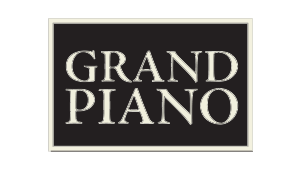
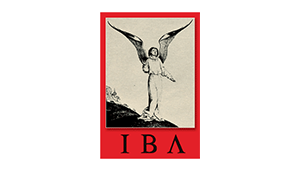



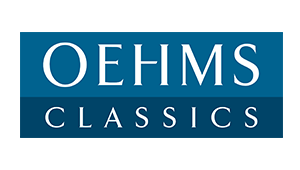


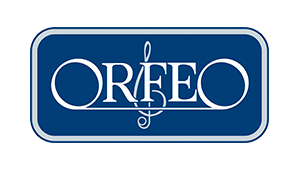












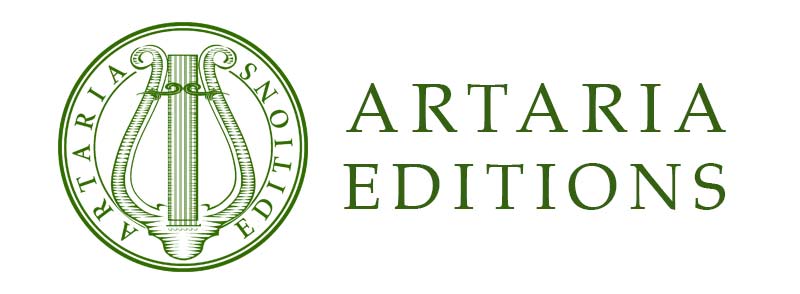



![WAGNER, R.: Der Ring des Nibelungen: Siegfried [Opera] WAGNER, R.: Der Ring des Nibelungen: Siegfried [Opera]](../../../sharedfiles/images/cds/hires/900211.jpg)
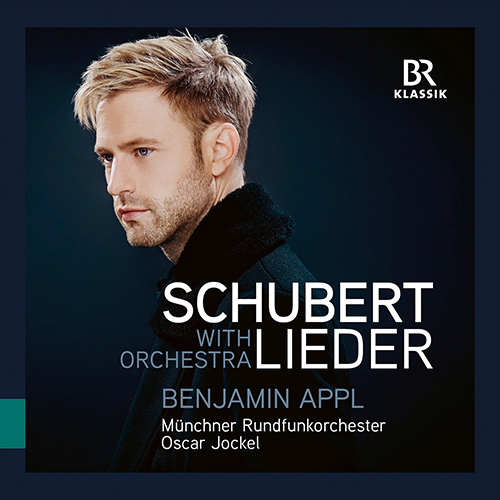
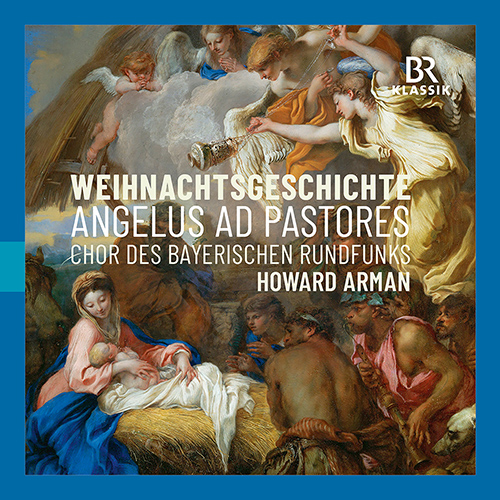
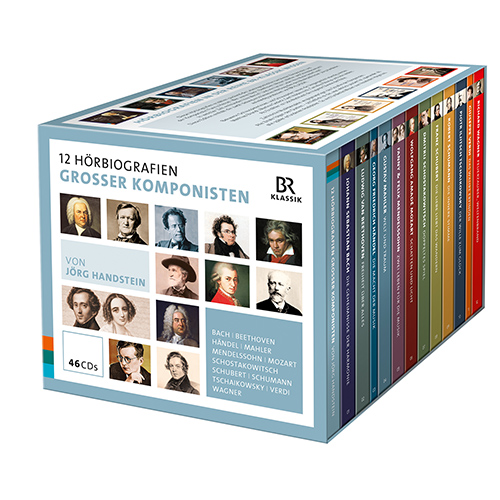
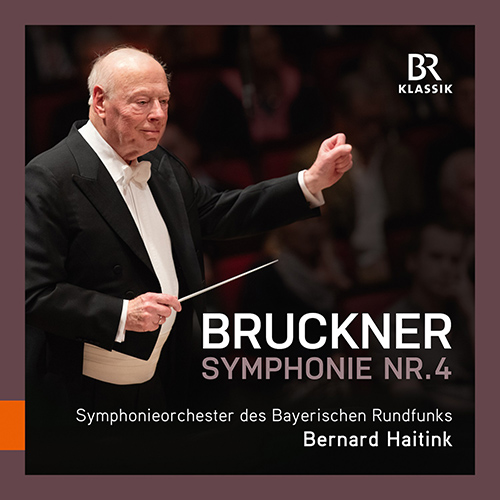
![HINDEMITH, P.: Cardillac [Opera] (Banse, Eiche, Kerl, Rootering, Prague Philharmonic Chorus, Munich Radio Orchestra, Soltész) HINDEMITH, P.: Cardillac [Opera] (Banse, Eiche, Kerl, Rootering, Prague Philharmonic Chorus, Munich Radio Orchestra, Soltész)](../../../sharedfiles/images/cds/hires/900345.jpg)
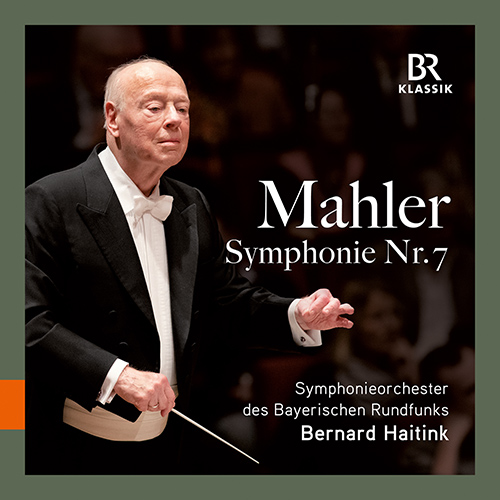
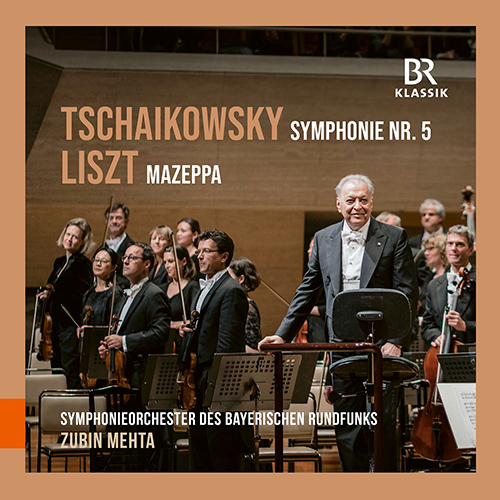
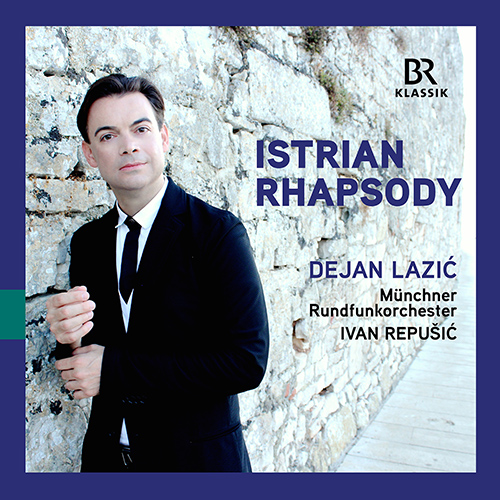
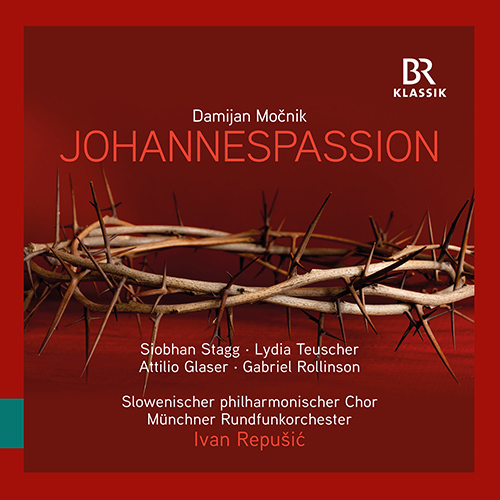
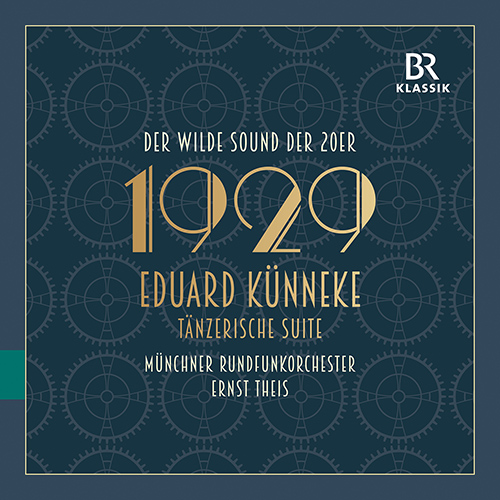
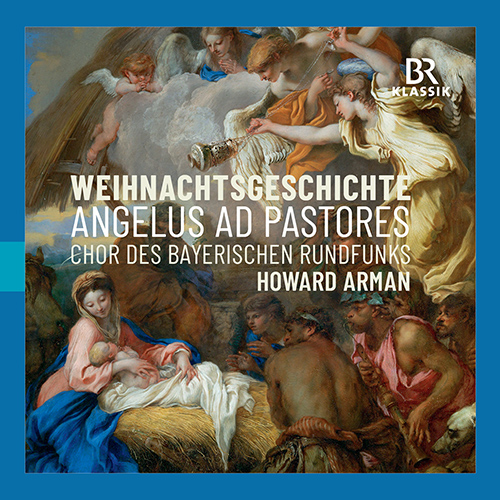
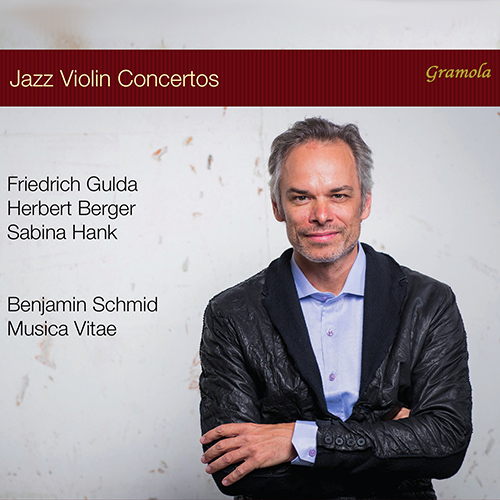
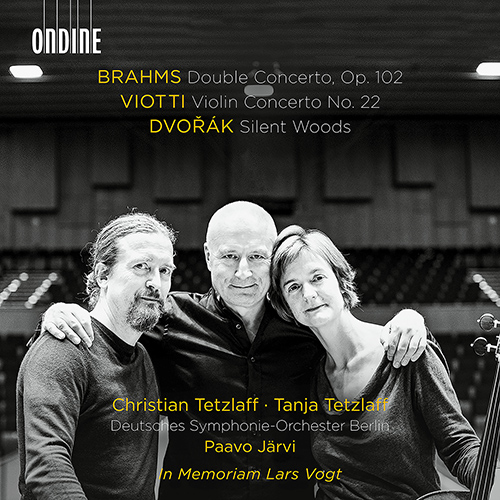
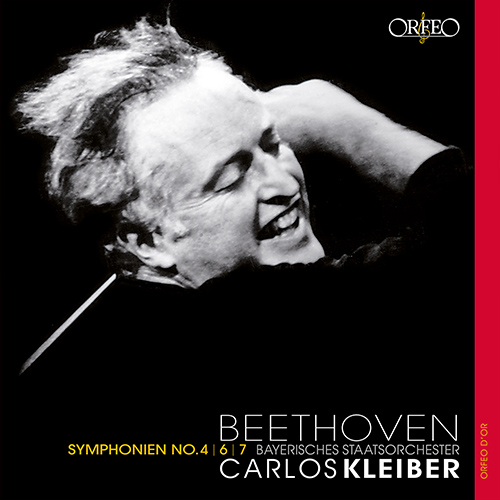
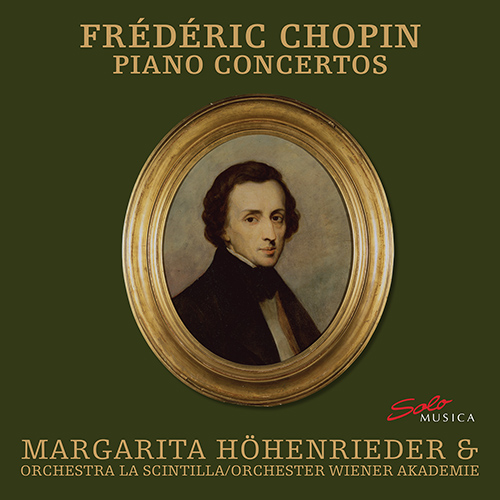
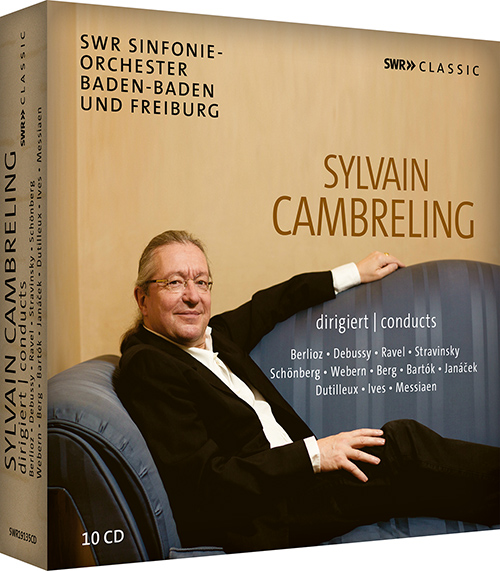
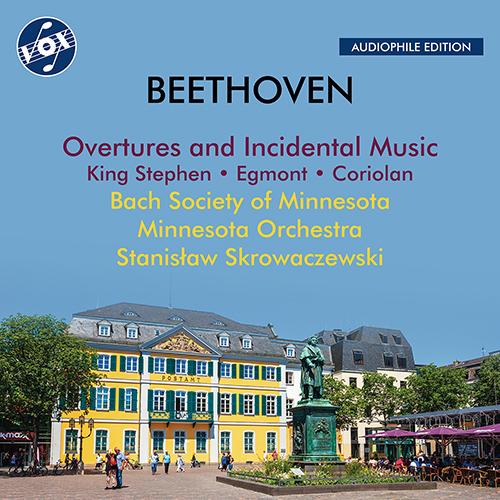
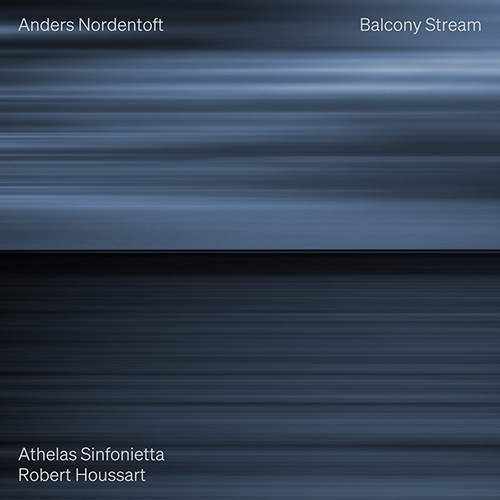
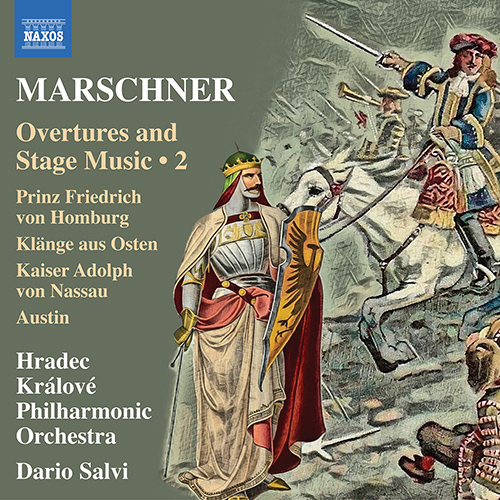
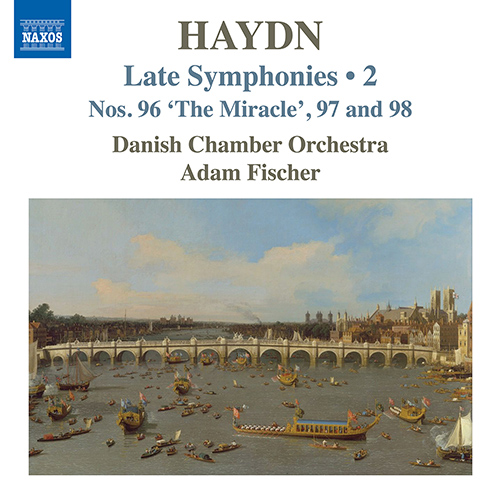
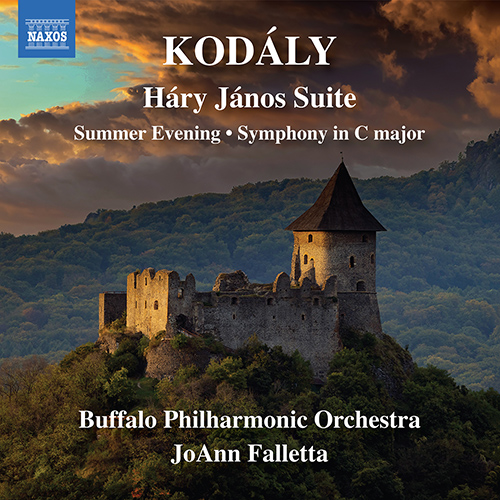
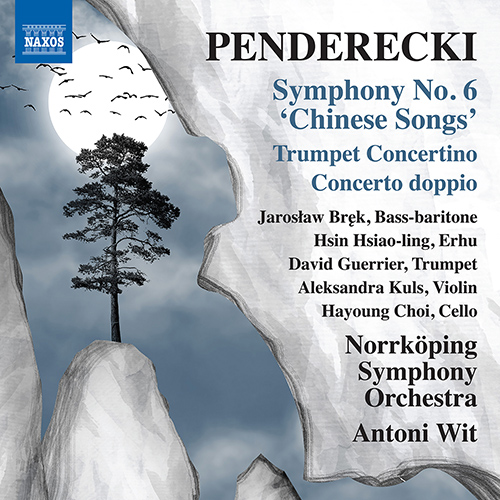
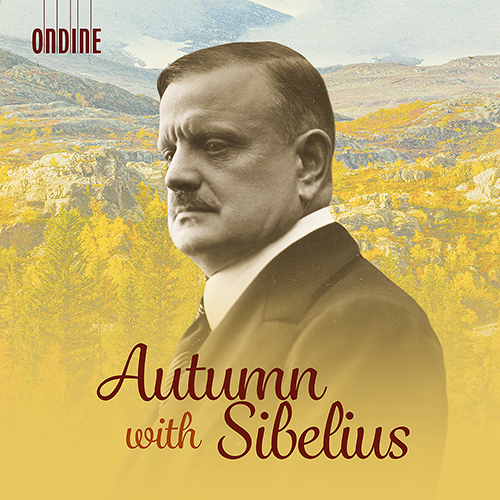
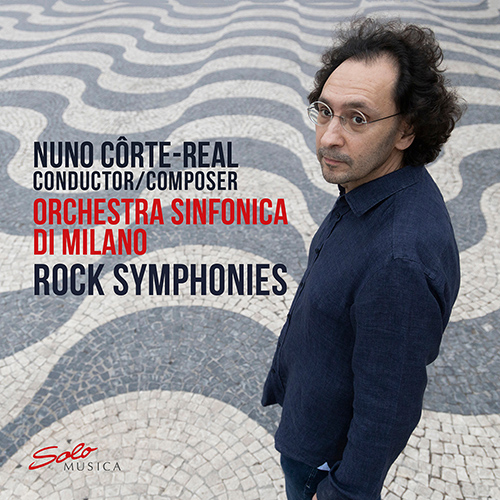
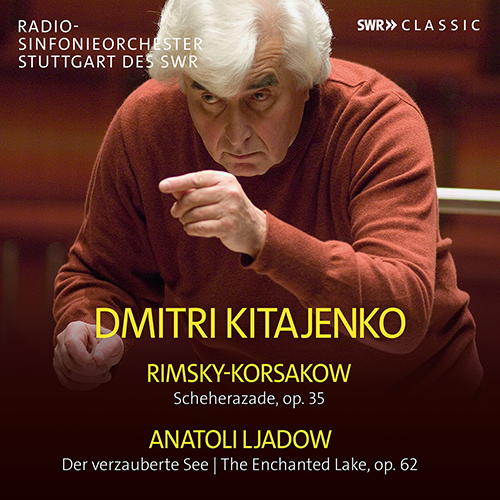
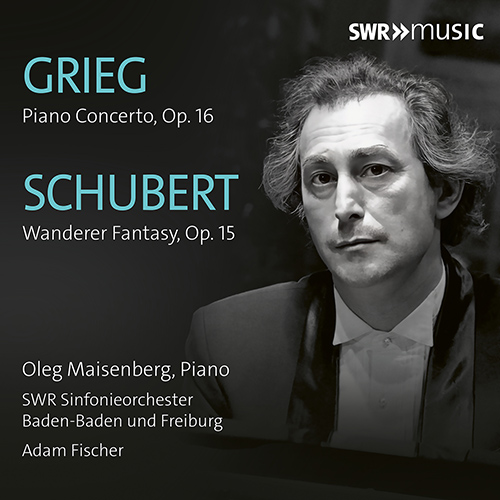
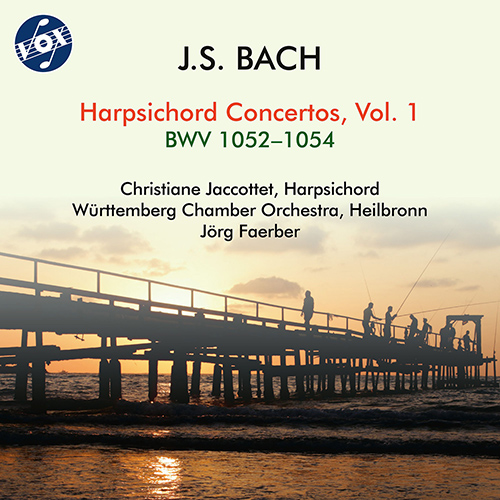
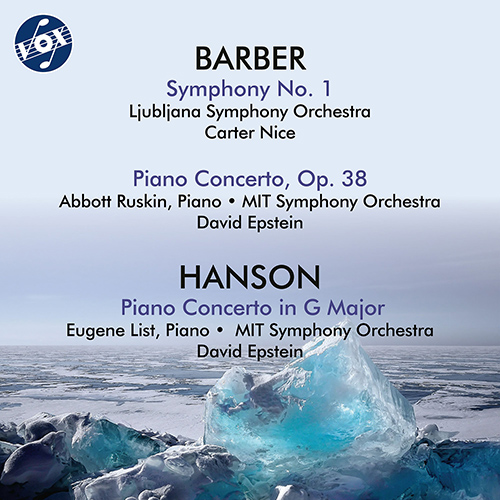
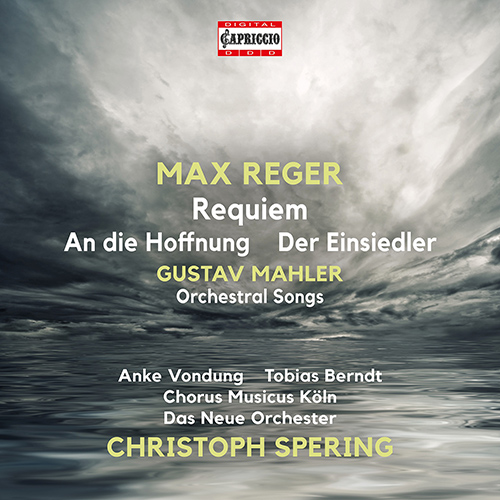
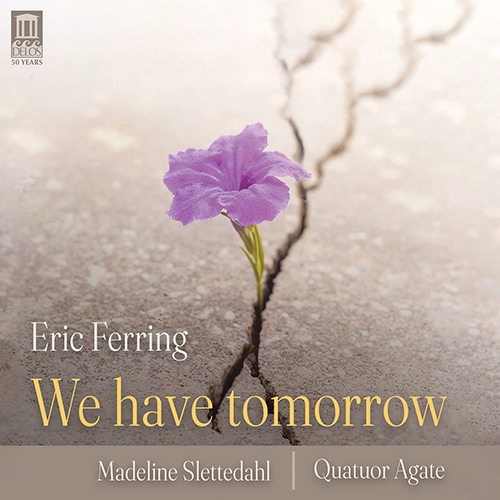
![LULLY, J.-B.: Acis et Galatée [Opera] LULLY, J.-B.: Acis et Galatée [Opera]](../../../sharedfiles/images/cds/hires/8.660529-30.jpg)
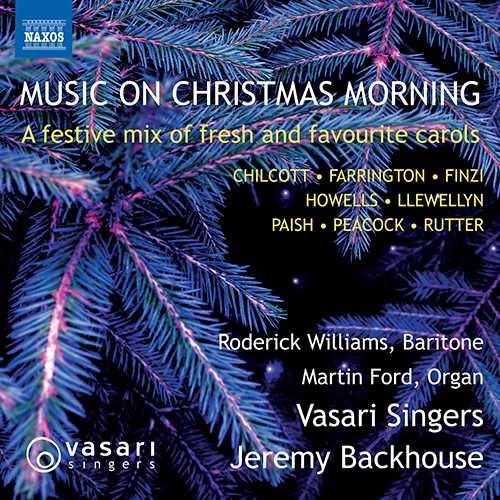
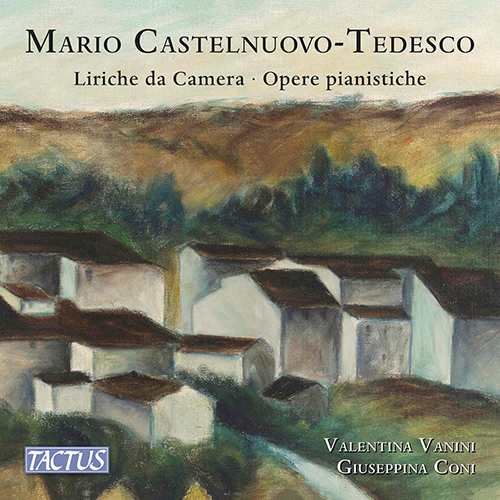
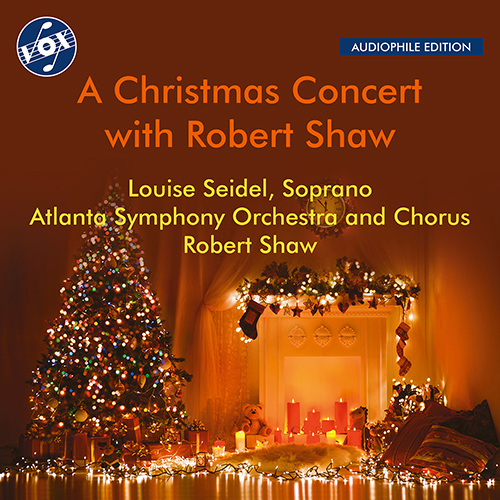
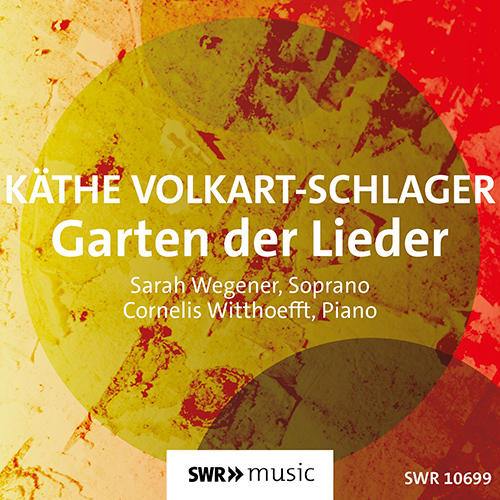
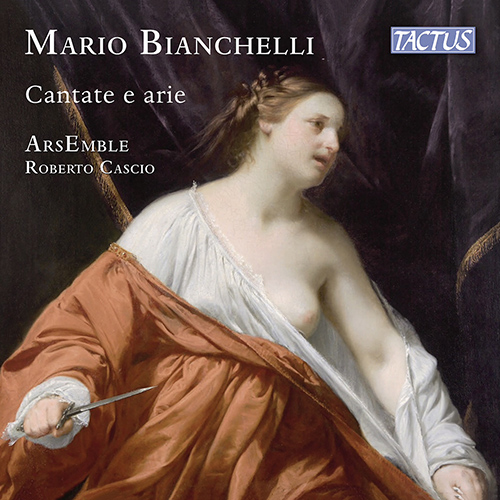
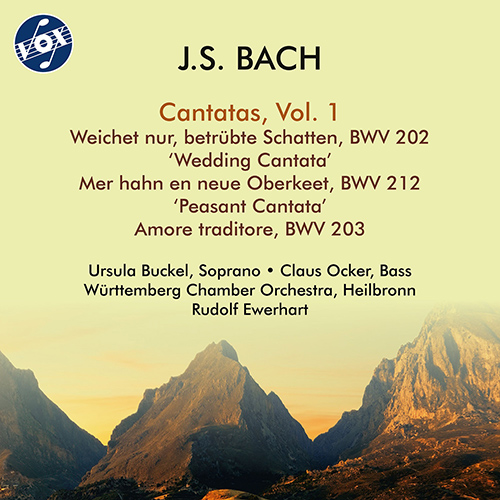
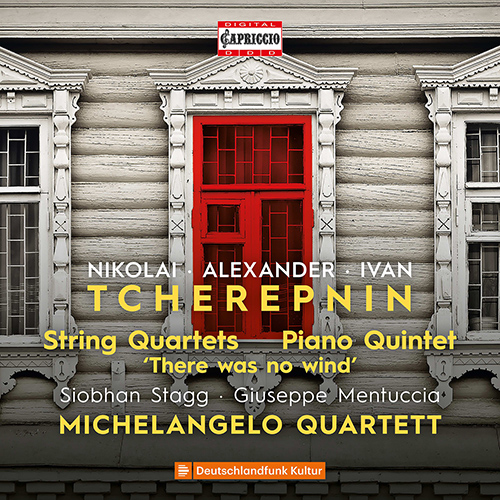
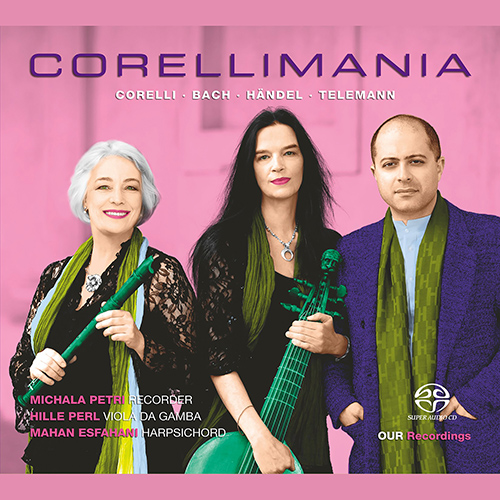
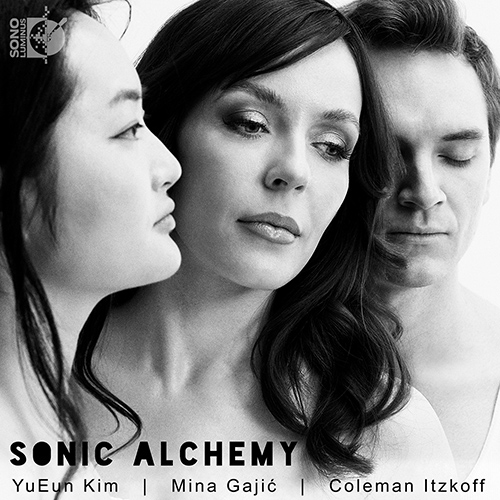
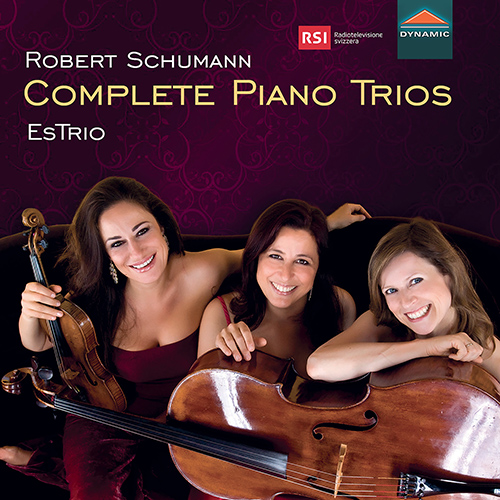
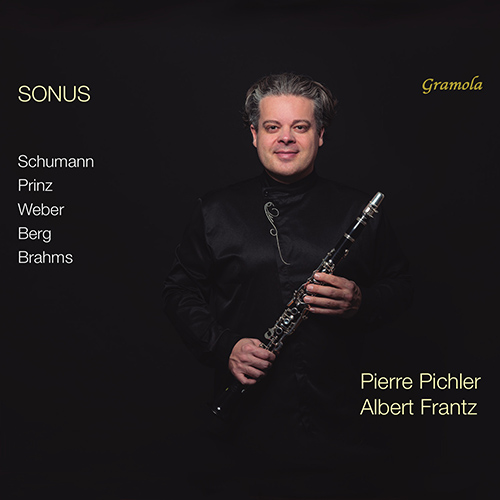
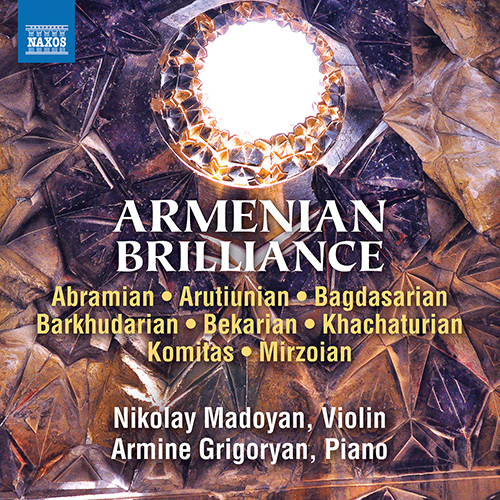
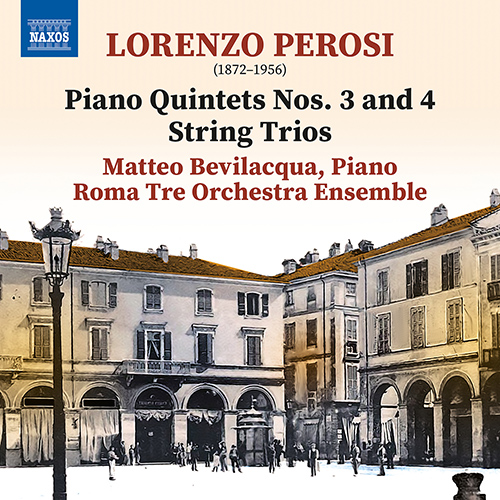
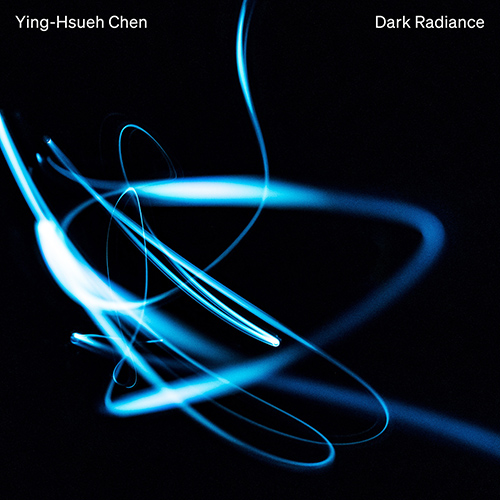
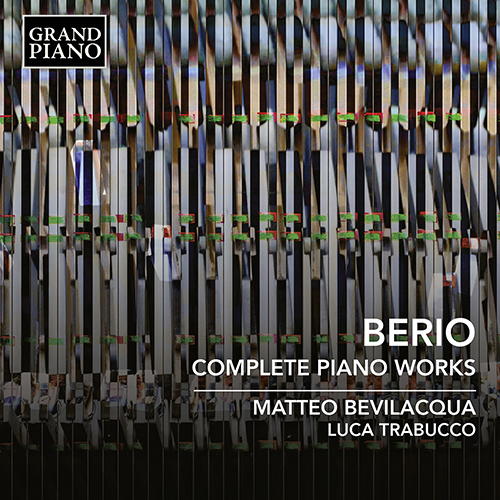
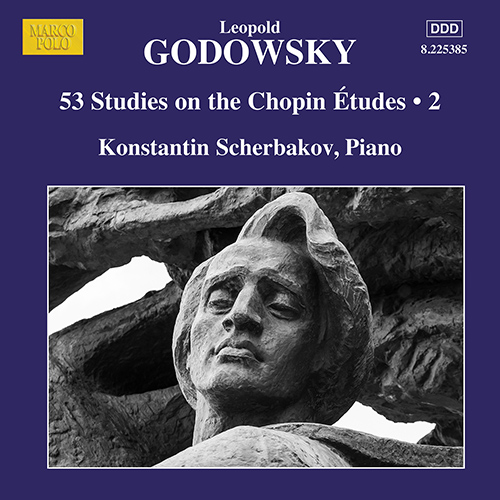
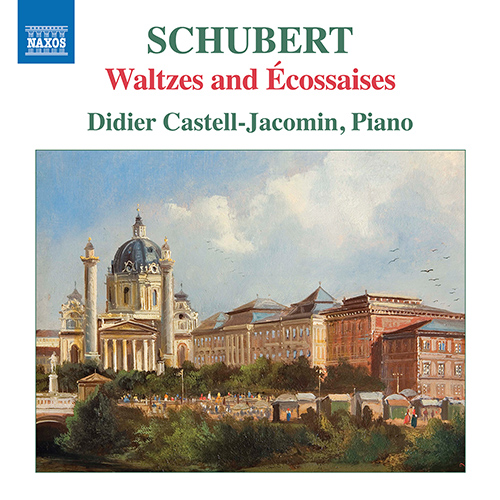
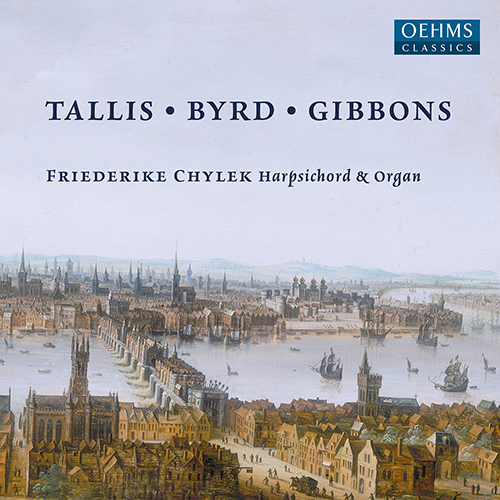
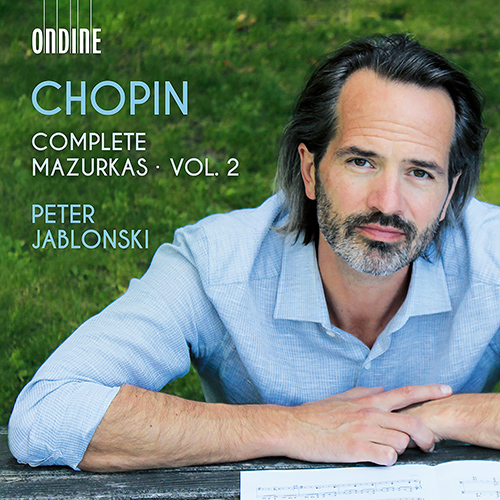
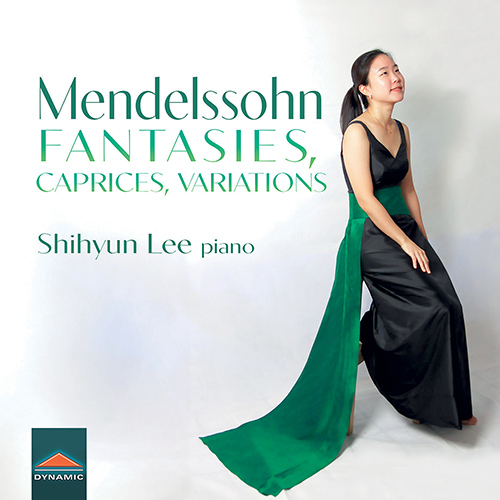
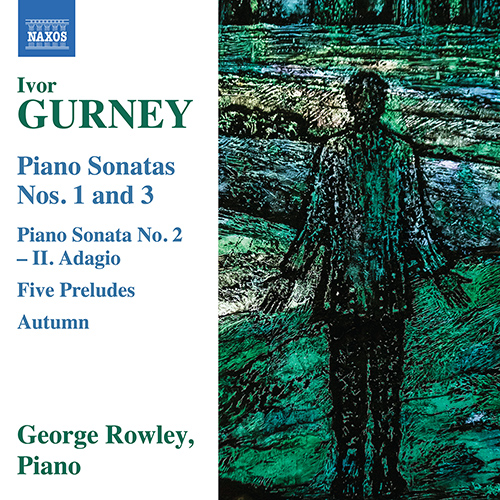
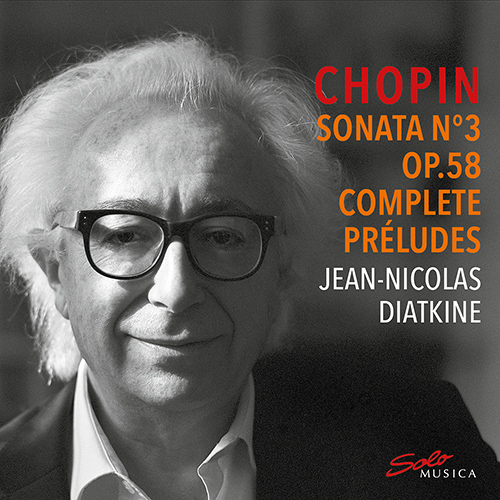
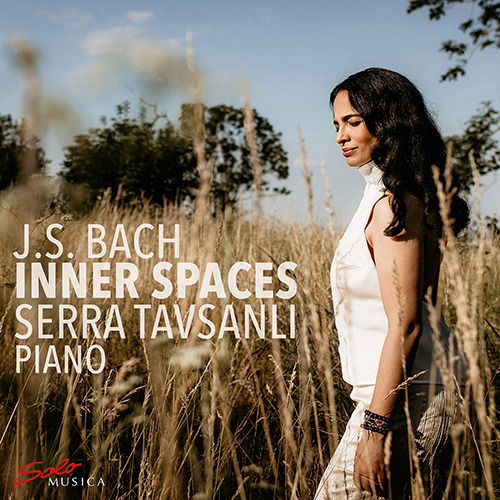
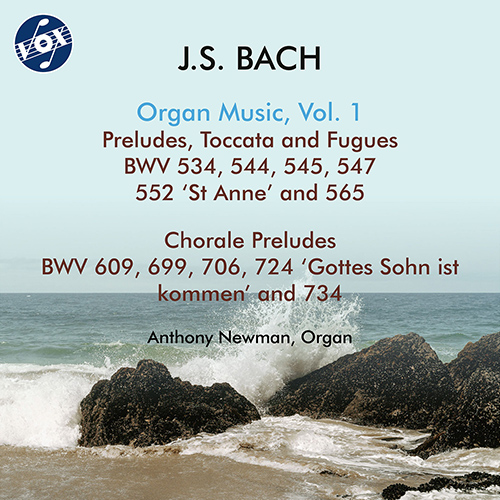
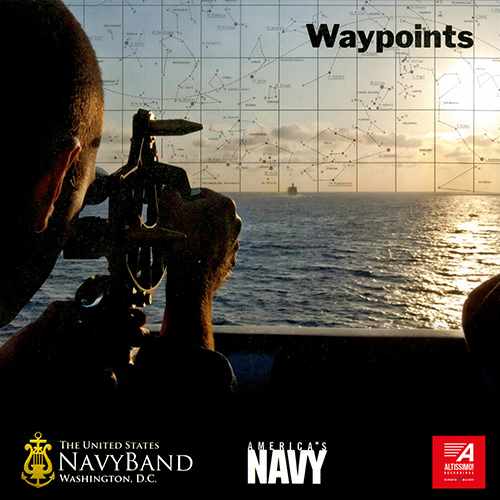
![FRIES, A.: Persinette [Opera] (Vienna State Opera, 2019) FRIES, A.: Persinette [Opera] (Vienna State Opera, 2019)](../../../sharedfiles/images/cds/hires/BVE08061.jpg)
![ROSSINI, G.: La donna del lago [Opera] (Rossini Opera Festival, 2016) ROSSINI, G.: La donna del lago [Opera] (Rossini Opera Festival, 2016)](../../../sharedfiles/images/cds/hires/764308.jpg)
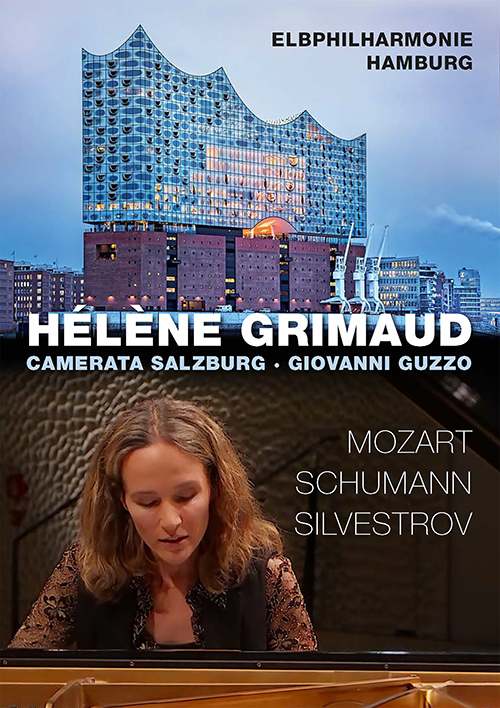
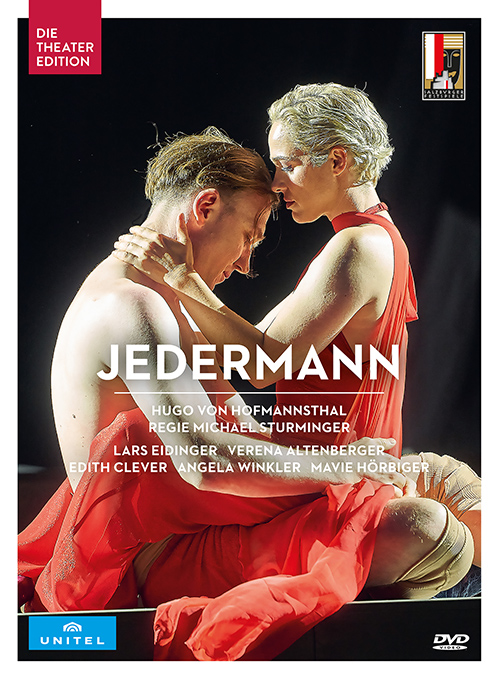
![CIMAROSA, D.: Le astuzie femminili [Opera] (Reate Festival, 2022) CIMAROSA, D.: Le astuzie femminili [Opera] (Reate Festival, 2022)](../../../sharedfiles/images/cds/hires/DYN-37989.jpg)
![DELIBES, L.: Lakmé [Opera] (Opéra Comique, 2022) DELIBES, L.: Lakmé [Opera] (Opéra Comique, 2022)](../../../sharedfiles/images/cds/hires/2.110765.jpg)
![GLUCK, C.W.: Orfeo ed Euridice [Opera] (Glyndebourne, 1982) GLUCK, C.W.: Orfeo ed Euridice [Opera] (Glyndebourne, 1982)](../../../sharedfiles/images/cds/hires/OA1372D.jpg)
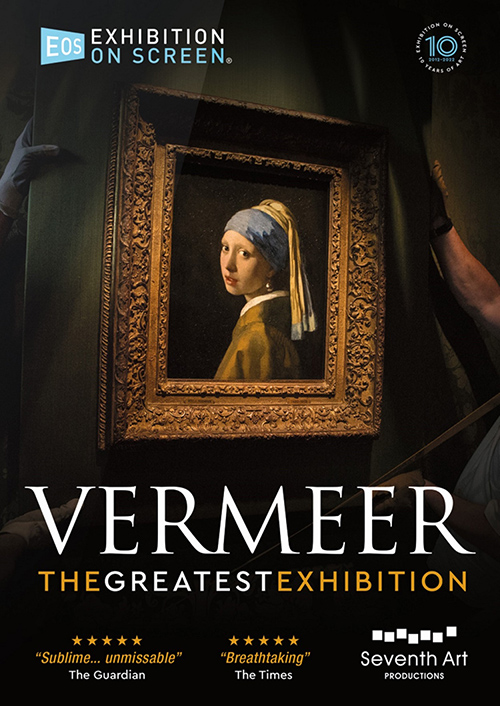
![PUCCINI, G.: Tosca [Opera] (Theater an der Wien, 2022) PUCCINI, G.: Tosca [Opera] (Theater an der Wien, 2022)](../../../sharedfiles/images/cds/hires/809608.jpg)
